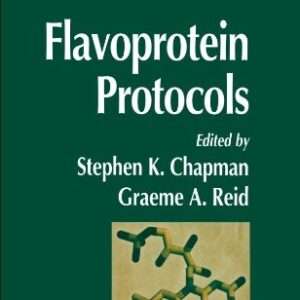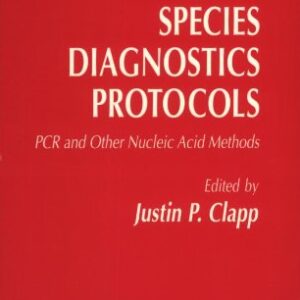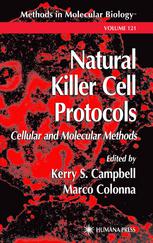Designed as an upper-level textbook and a reference for researchers, this important book concentrates on central concepts of the bacterial lifestyle. Taking a refreshingly new approach, it present an integrated view of the prokaryotic cell as an organism and as a member of an interacting population. Beginning with a description of cellular structures, the text proceeds through metabolic pathways and metabolic reactions to the genes and regulatory mechanisms. At a higher level of complexity, a discussion of cell differentiation processes is followed by a description of the diversity of prokaryotes and their role in the biosphere. A closing section deals with man and microbes (ie, applied microbiology).
The first text to adopt an integrated view of the prokaryotic cell as an organism and as a member of a population.
Vividly illustrates the diversity of the prokaryotic world – nearly all the metabolic diversity in living organisms is found in microbes.
New developments in applied microbiology highlighted.
Extensive linking between related topics allows easy navigation through the book.?Essential definitions and conclusions highlighted.
Supplementary information in boxes.Content:
Chapter 1 Bacteriology Paved the Way to Cell Biology: A Historical Account (pages 1?17):
Chapter 2 Cellular and Subcellular Organization of Prokaryotes (pages 19?46):
Chapter 3 Substrate?Level Phosphorylation (pages 48?58):
Chapter 4 Electron?Transport?Coupled Phosphorylation (pages 59?67):
Chapter 5 Multiple Roles of Prokaryotic Cell Membranes (pages 68?87):
Chapter 6 Growth and Nutrition (pages 88?109):
Chapter 7 Biosynthesis of Building Blocks (pages 110?160):
Chapter 8 Assimilation of Macroelements and Microelements (pages 163?186):
Chapter 9 Oxidation of Organic Compounds (pages 187?233):
Chapter 10 Oxidation of Inorganic Compounds by Chemolithotrophs (pages 234?260):
Chapter 11 Aerobic Respiration and Regulation of Aerobic/Anaerobic Metabolism (pages 261?277):
Chapter 12 Anaerobic Energy Metabolism (pages 278?326):
Chapter 13 Utilization of Light by Prokaryotes (pages 327?340):
Chapter 14 DNA, Chromosomes, and Plasmids (pages 343?361):
Chapter 15 The Genetic Information (pages 362?385):
Chapter 16 Genetic Exchange between Microorganisms (pages 386?415):
Chapter 17 Recombinant DNA Technology (pages 416?433):
Chapter 18 Regulation of Gene Expression: Operons and Regulons (pages 437?468):
Chapter 19 Posttranslational Control and Modifications of Proteins (pages 469?490):
Chapter 20 Global Regulatory Networks and Signal Transduction Pathways (pages 491?523):
Chapter 21 Regulation of Fermentation and Respiration (pages 524?537):
Chapter 22 The Bacterial Cell Cycle (pages 541?554):
Chapter 23 Assembly of Cellular Surface Structures (pages 555?570):
Chapter 24 Processes of Cellular Differentiation (pages 571?585):
Chapter 25 Sporulation and Cell Differentiation (pages 586?601):
Chapter 26 Bacteriophages as Models for Differentiation (pages 602?626):
Chapter 27 Secondary Metabolism in Bacteria: Antibiotic Pathways, Regulation, and Function (pages 627?651):
Chapter 28 Adaptation to Extreme Environments (pages 652?671):
Chapter 29 Prokaryotic Diversity and Systematics (pages 673?720):
Chapter 30 Ecophysiology and Ecological Niches of Prokaryotes (pages 723?762):
Chapter 31 Habitats of Prokaryotes (pages 763?803):
Chapter 32 Global Biogeochemical Cycles (pages 804?811):
Chapter 33 Prokaryotes in Medicine (pages 815?849):
Chapter 34 Prokaryotes in Agriculture (pages 850?873):
Chapter 35 Prokaryotes in Industrial Production (pages 874?899):
Chapter 36 Prokaryotes in Environmental Processes (pages 900?912):
Chapter 37 Prokaryotes and Man: Chances, Promises, and Risks (pages 913?920):

![[PDF] Biology of the Prokaryotes](https://pdfelite.com/wp-content/uploads/2024/04/88e3ff36a19a5a2d71ccc61561579d75-d.gif)




Reviews
There are no reviews yet.